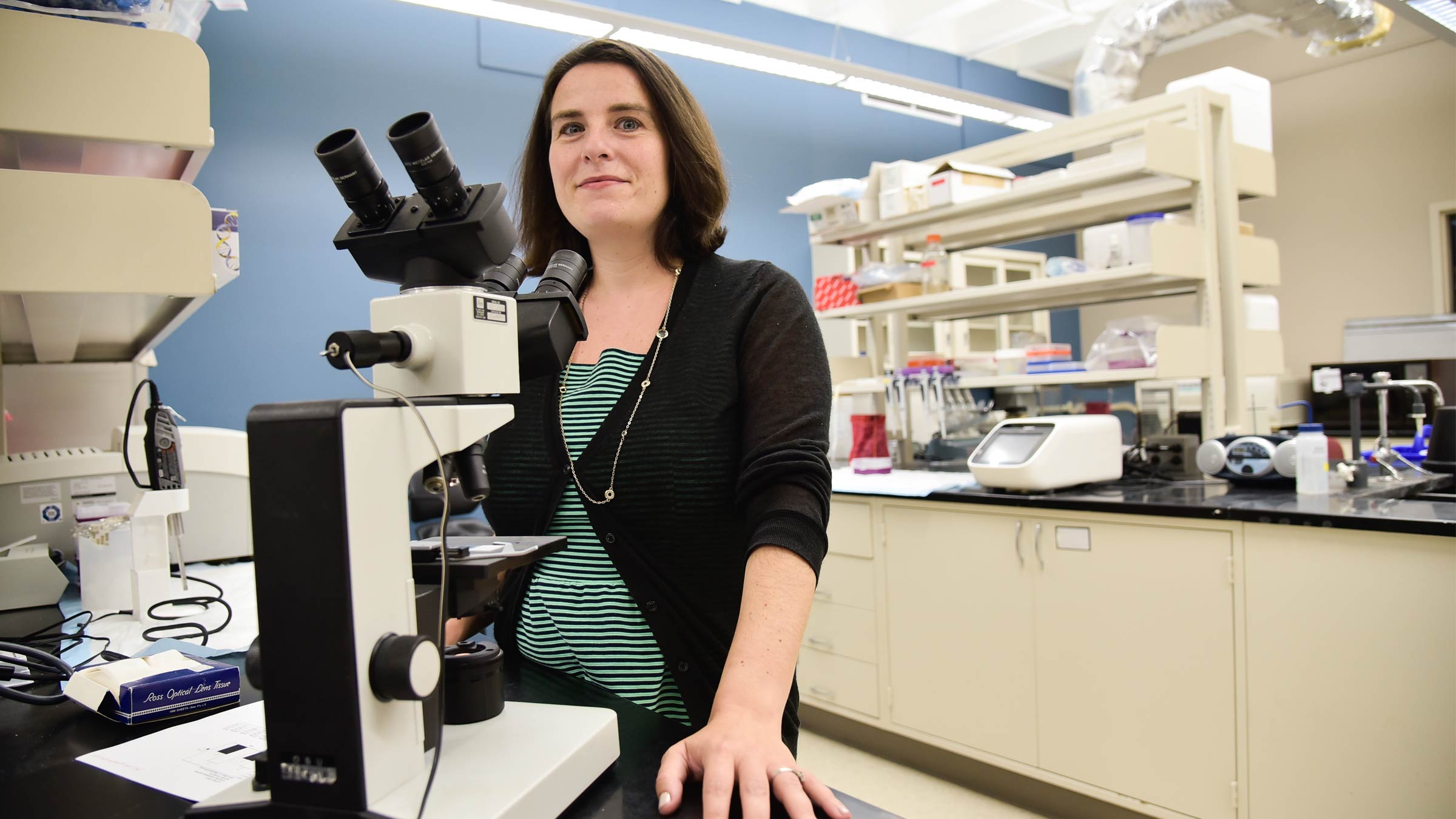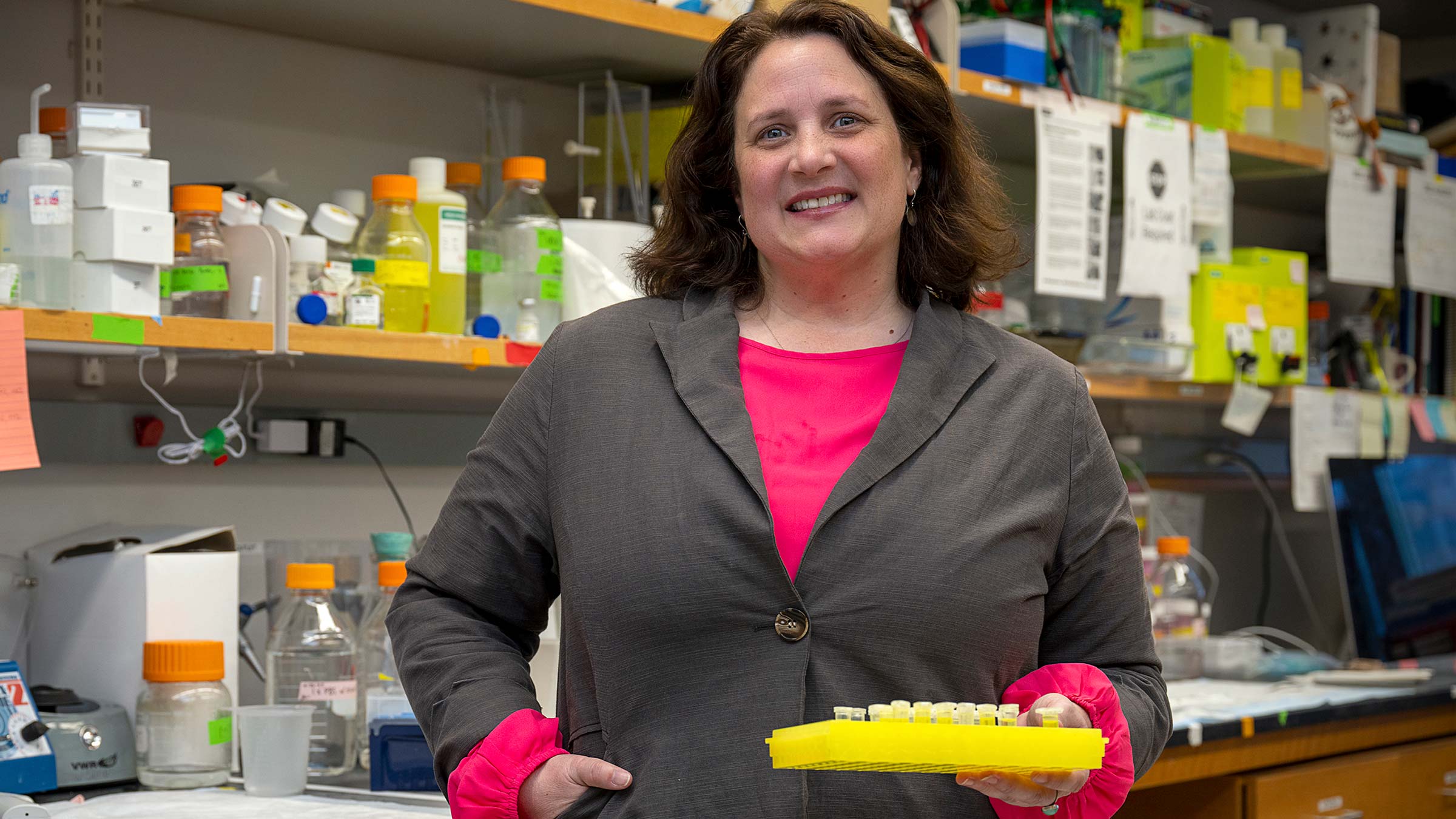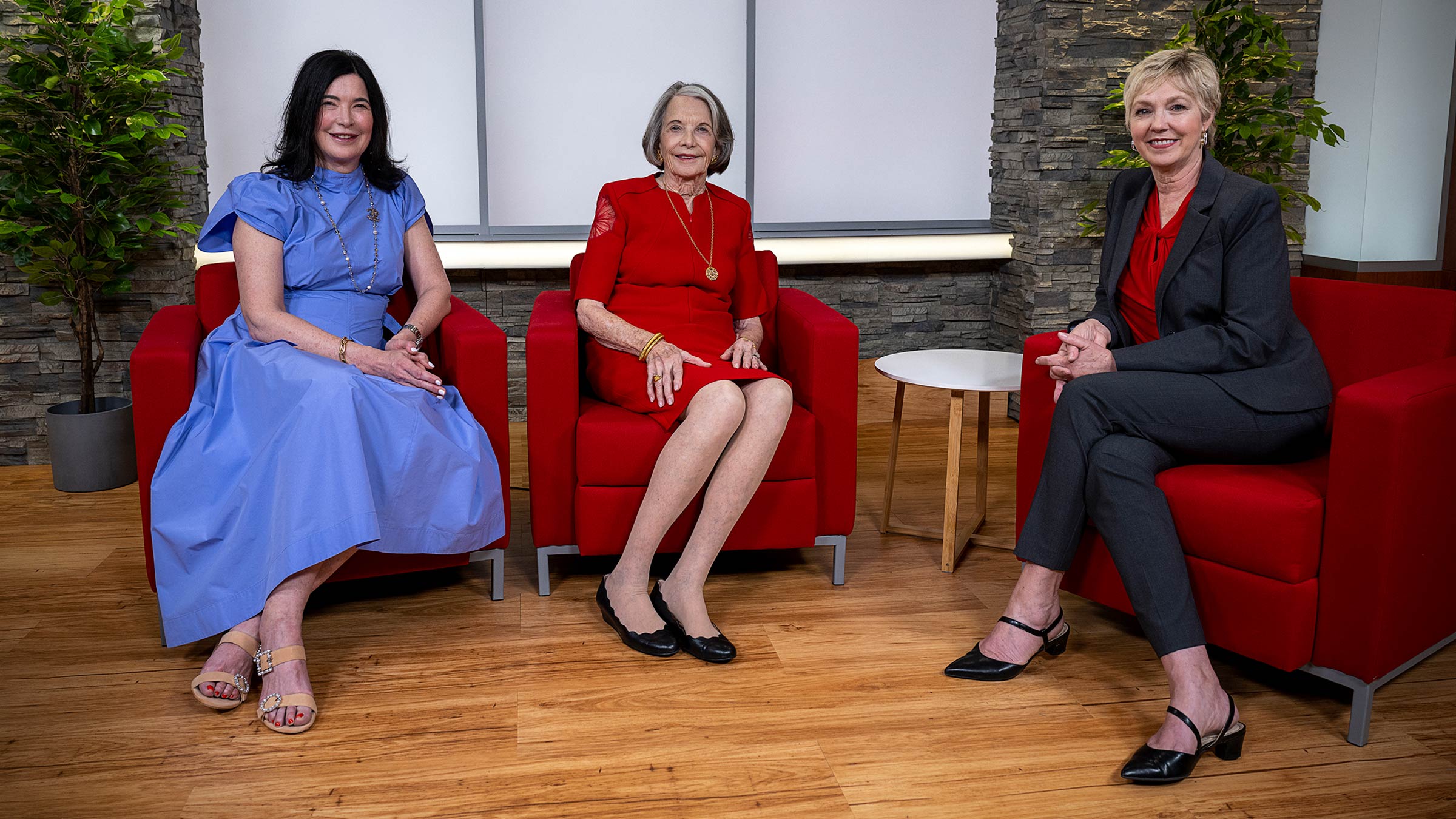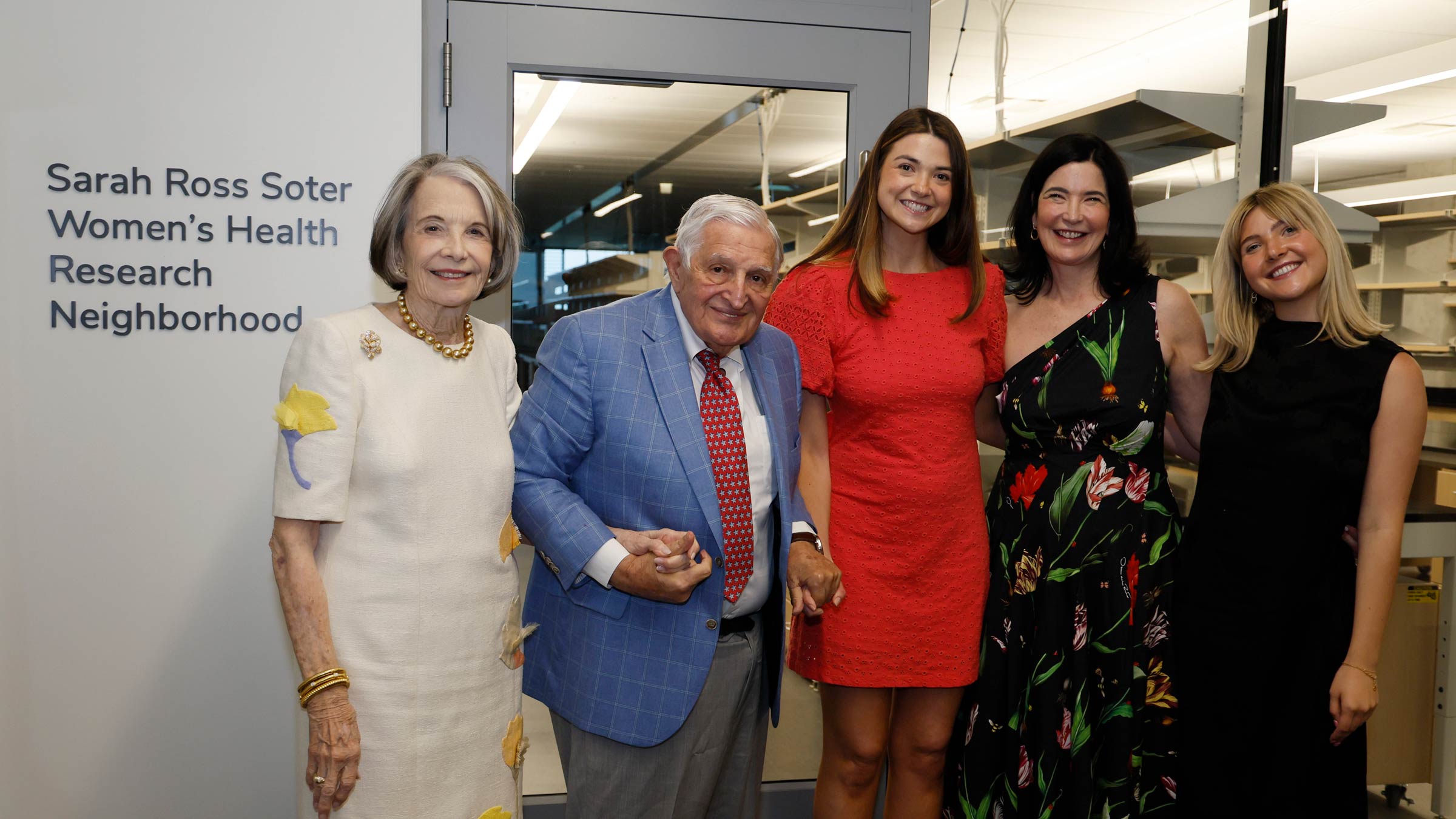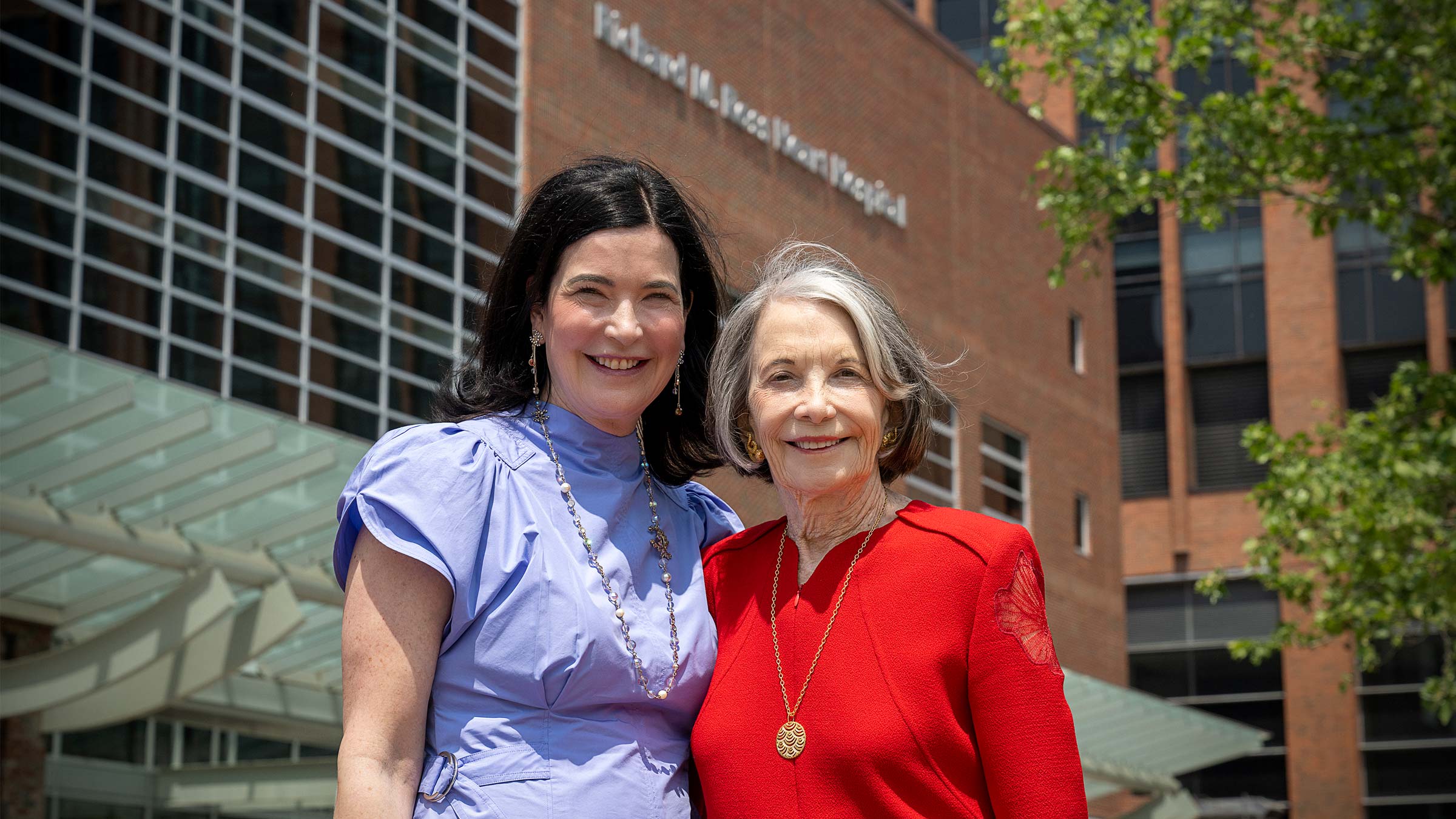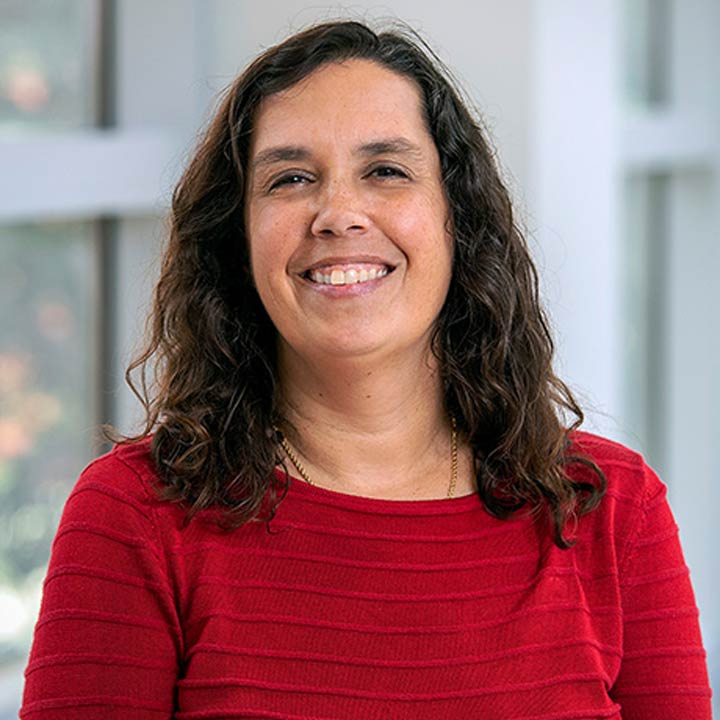New women’s research program aims to level the playing field in women’s health
Philanthropists fund transformational women’s health research program at Ohio State.
The irony isn’t lost on philanthropist Sarah “Sally” Ross Soter. Twenty years ago she was waiting to see William Abraham, MD, a heart failure specialist at the Richard M. Ross Heart Hospital, when the cover story of Time magazine caught her eye. It was about how heart disease was the No. 1 killer of American women and how research predominantly focused on men even though the disease affected the sexes differently. Soter flashed back to the moment another doctor told her she’d have to learn to live with atrial fibrillation, a rapid and irregular heart rhythm that can lead to heart disease and stroke. That wasn’t an option, she informed him, and switched doctors.
Soter showed Dr. Abraham the Time article and was encouraged by his response. “Before we settle the health inequities problem, we’re going to figure you out,” she recalls him saying, and that’s exactly what happened. A cardiac ablation eventually put her heart back into rhythm and she hasn’t had a problem since.
After successfully advocating for herself, Soter was determined to help other women. She started funding research and educational projects focused on improving the health and well-being of women worldwide.
Her latest donation, in conjunction with the Soter Kay Foundation, is $15 million to The Ohio State University College of Medicine - her largest single gift. The Sarah Ross Soter Women’s Health Research Program will be devoted to creating a nation-leading hub for translational research that creates healthier futures for women across their lifespan.
A look at some of the research labs at the Soter Women's Health Research Program
“I would think of what Sally has done over the years as a movement. It’s really remarkable. I’ve never been part of something quite like this before, and it’s such an incredible privilege and honor,” says Tamar Gur, MD, PhD, associate professor of Psychiatry, Neuroscience, Obstetrics and Gynecology, and Public Health, whose research lab is one of many designated to be part of the program. Dr. Gur’s research focuses on transgenerational transmission of psychiatric illness, microbiome and stress.
“We do not believe that today’s inadequacies in women’s health are destined to be tomorrow’s reality,” says Carol R. Bradford, MD, MS, dean of the Ohio State College of Medicine. “With this gift, we will lead the way in defining the best prevention and treatments for women as well as in creating new standards of care.”
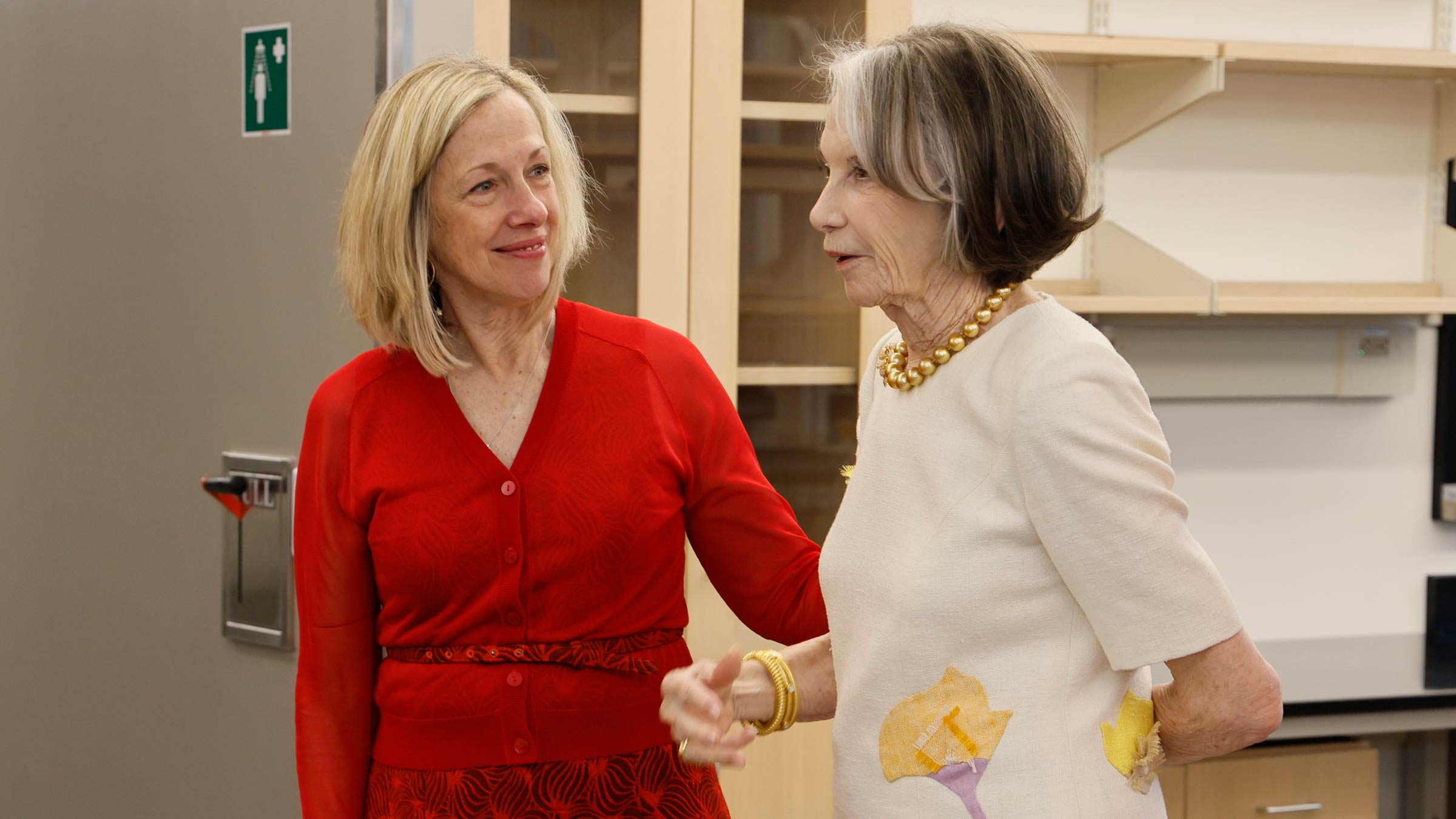
The program will be housed in the Pelotonia Research Center in Ohio State’s new Carmenton innovation district on west campus. The five-story, 305,000-square-foot laboratory building is equipped with the spaces, technologies and resources needed for researchers to work across disciplines and accelerate new discoveries. The Sarah Ross Soter Women’s Health Research Neighborhood on the fifth floor will house more than eight principal investigators and their teams focused on interrelated women’s health issues.
“Ohio State’s research is powered by curiosity and oriented toward real solutions that improve lives,” says Peter Mohler, PhD, interim executive vice president for research, innovation and knowledge. “This can be the place that develops game-changing therapies and approaches in women’s health.”
Tackling inadequacies in women’s health and research
The Sarah Ross Soter Women’s Health Research Program will allow Ohio State experts to focus on female-specific basic science research, which can pave the way for medical breakthroughs. Cardiovascular and autoimmune diseases, Alzheimer’s, osteoporosis, and anxiety and depression are just some of the conditions that disproportionately afflict women. Since men and women metabolize and react to drugs differently, studying sex as a biological variable is critical. Most drugs currently in use were approved based on clinical trials conducted on men. Since women experience side effects nearly twice as often as men, experts believe women may be overmedicated and not getting the same benefits from drugs. It wasn’t until 2016 that the National Institutes of Health (NIH) started requiring labs that receive federal grant funding to consider sex as a biological variable in their research.
“A gift like this is transformative because it’s going to allow us to really focus on women’s health,” says Kristin Stanford, PhD, professor of Physiology and Cell Biology in the College of Medicine and associate director of the Dorothy M. Davis Heart and Lung Research Institute. “For too long we stayed in one lane with animal studies because it was cheaper and easier to do, and we assumed results for men and women would be the same. We learned pretty quickly that’s not the case. We now have a lot of catching up to do.”
She’s optimistic that the Soter gift will allow Ohio State researchers like herself to be more innovative with their research, potentially resulting in quicker results. For the past decade, Dr. Stanford’s lab has used animal models to study the mechanisms of how exercise helps the metabolism, cardiovascular health and mental health of adults and their children. The hope is that this type of multidisciplinary science research will lead to novel pharmaceutical therapies for humans.
“Innovative interdisciplinary research projects are not easily funded through federal agencies like NIH even though they are hugely important for medicine,” says Kristy Townsend, PhD, associate professor of Neurological Surgery in the College of Medicine and a researcher with the Davis Heart and Lung Research Institute. Her lab studies the impact of genetics and sex hormones on aging and metabolic health, including conditions such as diabetes and peripheral neuropathy. “This gift will allow Ohio State to continue to work on bench-to-bedside research across multiple departments. I came to Ohio State because I was really hungry to be at a place where there was more clinical and translational research. Ohio State is the place to get things done if you want to be more innovative and impactful.”

Continuing a legacy of philanthropy at Ohio State
Philanthropy has been a lifelong passion for Soter, whose family has made generous gifts to Ohio State over the years, including a $10 million gift that established the Ross Heart Hospital, named after her late father. In 2005, Soter established an endowed chair in women’s cardiovascular health research, which is currently held by her cardiologist, Laxmi Mehta, MD.
“This is my largest single donation for women’s health, and it made sense that it go to Ohio State where my family has always received the very best care for so many years,” says Soter, who was honored in 2008 with Ohio State’s prestigious Gerlach Award, which honors an outstanding development volunteer.
“Sally Soter and her family care deeply about Ohio State, having been generous donors and volunteers for many years. We are honored to receive this investment that will build upon Ohio State’s excellent women’s health research and care,” says John J. Warner, MD, chief executive officer of The Ohio State University Wexner Medical Center and executive vice president at Ohio State.
“We are grateful to Sally, Dean Bradford and Dr. Mohler for their leadership in bringing this vision to fruition to not only improve but save the lives of women across central Ohio and beyond,” says John J. Warner, MD.
That tradition of philanthropy is continuing with her daughter, Sarah Kay, who has long been interested in addressing inequities in health care. She and her husband made a $350,000 donation to expand health equity programming at Ohio State shortly after meeting Chyke Doubeni, MD, the medical center’s chief health equity officer. She was instrumental in requesting a portion of the Sarah Ross Soter Women’s Health Research Program be dedicated to expanding the College of Medicine’s health equity programs for women from underrepresented communities.
Members of the family at the opening of the Sarah Ross Soter Women’s Health Research Program lab at the Pelotonia Research Center. Pictured from left to right are: Sarah “Sally” Ross Soter, Bill Soter, Zoë Ziegler, Sarah Kay, Tessa Ziegler.
“Whenever you drive through downtown Columbus, you can see there are so many people who don’t have access to the care they desperately need, and my heart goes out to them. We really need to focus on those underserved populations,” Kay says.
Agreeing wholeheartedly is Soter who, at age 81, hasn’t slowed down in her mission to make a difference in women’s lives just like Dr. Abraham did for her so many years ago.
“I was miserable when I had AFib. I had anxieties galore because I was always afraid I was going to go into AFib. Dr. Abraham took away my fear. After I had my ablation, my whole life changed for the better, and I want others to see that there’s hope and that they can improve,” she says.

“What I hope for my family is the same for others - to feel as good as I do now and to live a healthy life.”




